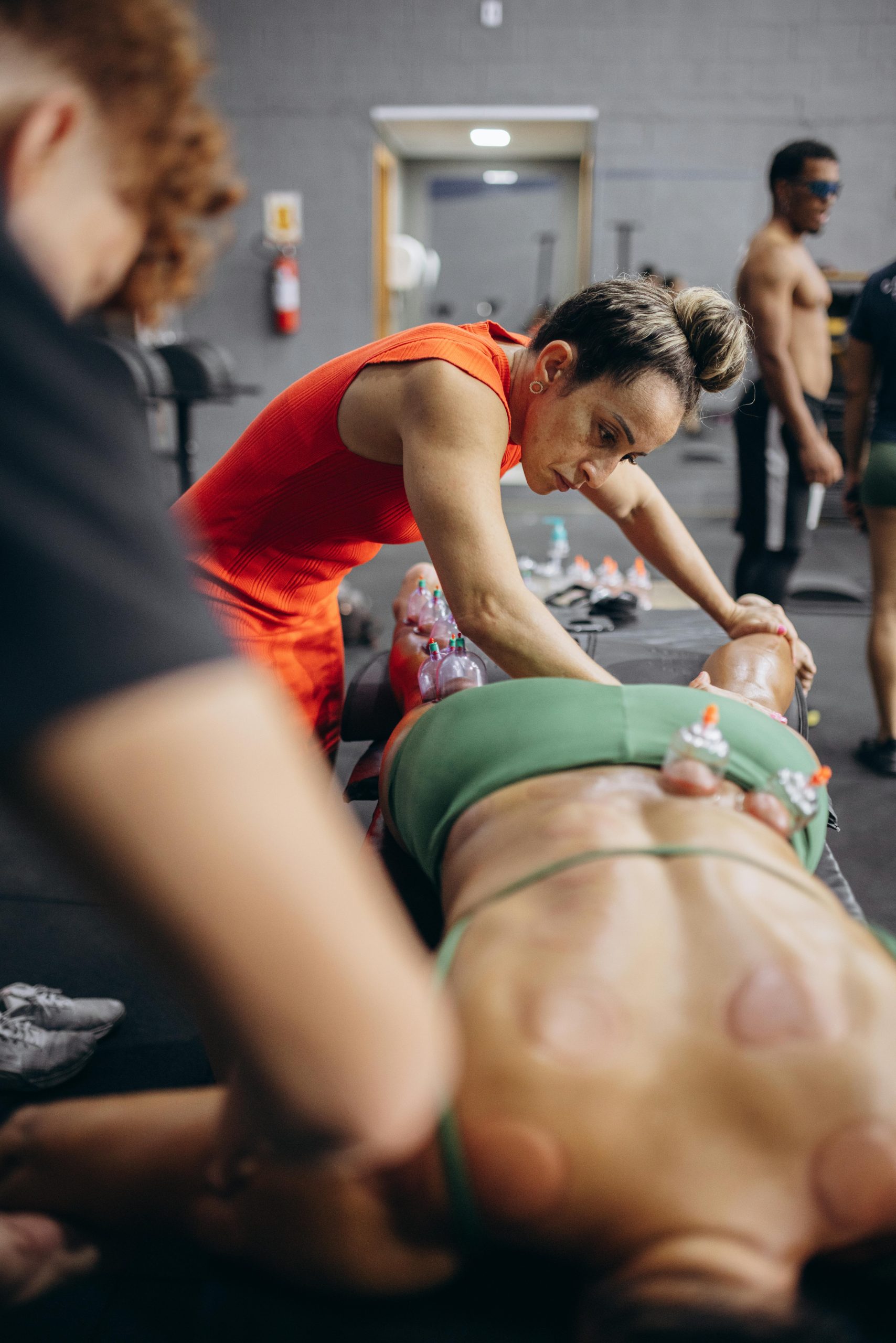After an intense workout, your body needs time to repair and rebuild. Proper post-workout recovery is essential for reducing muscle soreness, preventing injuries, and improving overall performance. Whether you’re a professional athlete or a fitness enthusiast, incorporating effective recovery techniques can help you bounce back faster and train harder. In this guide, we’ll explore the best post-workout recovery strategies to speed up healing and maximize your gains.
1. Hydration and Nutrition for Optimal Recovery
Replenishing lost fluids and nutrients is the first step in post-workout recovery. Dehydration can slow down muscle repair and increase fatigue, so drinking enough water is crucial. Aim to consume at least 16-24 ounces of water within an hour after exercising.
Key Nutrients for Recovery
- Protein: Helps repair muscle tissue. Include lean meats, eggs, or plant-based proteins like beans and tofu.
- Carbohydrates: Replenish glycogen stores. Opt for whole grains, fruits, or sweet potatoes.
- Healthy Fats: Reduce inflammation. Avocados, nuts, and olive oil are excellent choices.
Consider a post-workout shake with protein and carbs for quick absorption. A balanced meal within two hours of your workout will further support muscle recovery.
2. Stretching and Mobility Work
Stretching after a workout helps improve flexibility, reduce muscle tightness, and enhance blood circulation. Dynamic stretches before exercise and static stretches afterward can prevent stiffness and soreness.
Effective Post-Workout Stretches
- Hamstring Stretch: Sit and reach for your toes to loosen tight hamstrings.
- Quad Stretch: Hold your foot behind you to stretch the front of your thighs.
- Shoulder Stretch: Cross one arm over your chest to relieve tension.
Foam rolling is another great technique to release muscle knots and improve mobility. Spend 5-10 minutes rolling out major muscle groups like calves, quads, and back.
3. Rest and Active Recovery
Rest days are just as important as workout days. Overtraining can lead to burnout and injuries, so give your body time to heal. Aim for at least one full rest day per week.
Benefits of Active Recovery
Instead of complete inactivity, engage in low-intensity exercises like walking, swimming, or yoga. Active recovery promotes blood flow, reduces soreness, and keeps you moving without straining your muscles.
- Walking: A 20-30 minute walk aids circulation.
- Swimming: Gentle laps help relax tight muscles.
- Yoga: Improves flexibility and relaxation.
4. Sleep: The Ultimate Recovery Tool
Quality sleep is when your body repairs itself most effectively. Lack of sleep can hinder muscle growth, increase cortisol levels, and slow recovery.
Tips for Better Sleep
- Stick to a Schedule: Go to bed and wake up at the same time daily.
- Limit Screen Time: Avoid phones and TVs an hour before bed.
- Create a Relaxing Environment: Keep your bedroom cool, dark, and quiet.
Aim for 7-9 hours of sleep per night to optimize recovery and performance.
5. Cold and Heat Therapy
Alternating between cold and heat can reduce inflammation and promote healing. Cold therapy (ice baths or cold packs) helps numb pain and decrease swelling, while heat therapy (warm baths or heating pads) relaxes muscles and improves circulation.
How to Use Cold and Heat Therapy
- Ice Baths: Submerge in cold water (50-59°F) for 10-15 minutes post-workout.
- Heating Pads: Apply for 15-20 minutes to sore areas to ease stiffness.
For best results, use cold therapy immediately after intense exercise and heat therapy for chronic soreness.
Conclusion
Recovery is a critical part of any fitness routine. By prioritizing hydration, nutrition, stretching, rest, sleep, and temperature therapies, you can speed up healing and enhance performance. Listen to your body and adjust these techniques based on your needs. With consistent recovery practices, you’ll feel stronger, reduce injury risks, and achieve your fitness goals faster.
